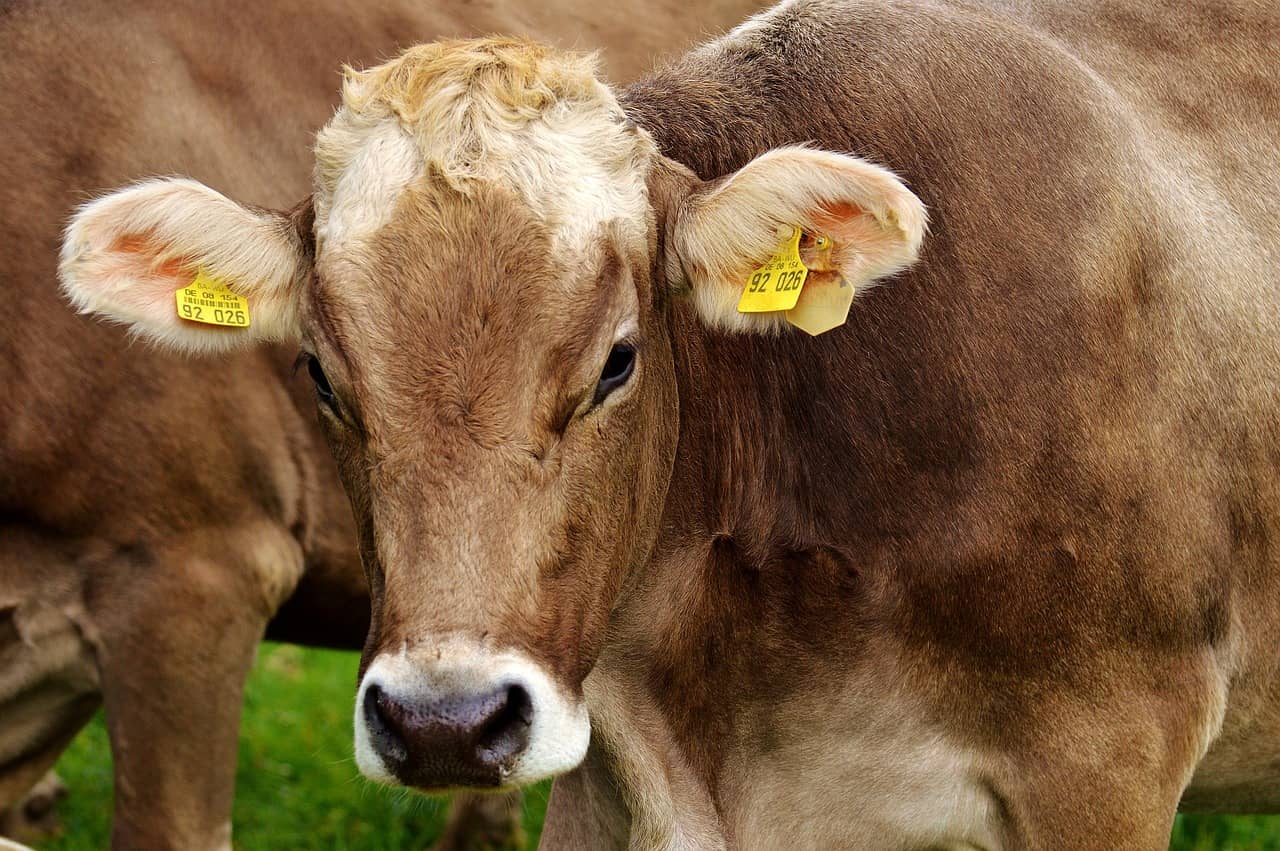
(ND Ag Connection) – The Climate Prediction Center is forecasting colder than normal temperatures in December, which may have a significant impact on livestock in areas that experienced relatively mild fall conditions. North Dakota State University Extension livestock specialists Karl Hoppe and Janna Block note that although most cattle in North Dakota are acclimated to a cold environment, long periods of severe cold may require additional management to ensure health and productivity.
“The ability of cattle to withstand cold conditions is impacted by the lower critical temperature, or LCT,” says Hoppe. “When the temperature drops below the LCT, maintenance requirements will increase and performance can be affected.”
The LCT will vary depending on thickness of the hide and hair coat, whether the animal is wet or dry, and factors such as age, stage of production and body condition of the animal.
“In general, an LCT of 18 degrees Fahrenheit commonly is used for animals with a dry, heavy coat,” says Hoppe. “However, well-adapted cattle in good body condition during mid-gestation may be able to tolerate temperatures as low as -6 degrees Fahrenheit without negative impacts on performance.”
Below the LCT, the maintenance energy requirement of cattle will increase as cows divert more energy to maintaining body temperature. To compensate, additional energy must be provided in the diet.
“If additional feed and protection from elements are not provided, cows will burn body energy stores to produce heat and maintain the function of vital organs,” notes Block. “If extreme weather conditions are short-lived, effects on body condition losses may be minimal. However, extended cold conditions without additional energy provided will result in weight loss that will further reduce body condition and insulation and impact the cow’s ability to deal with cold stress.”
